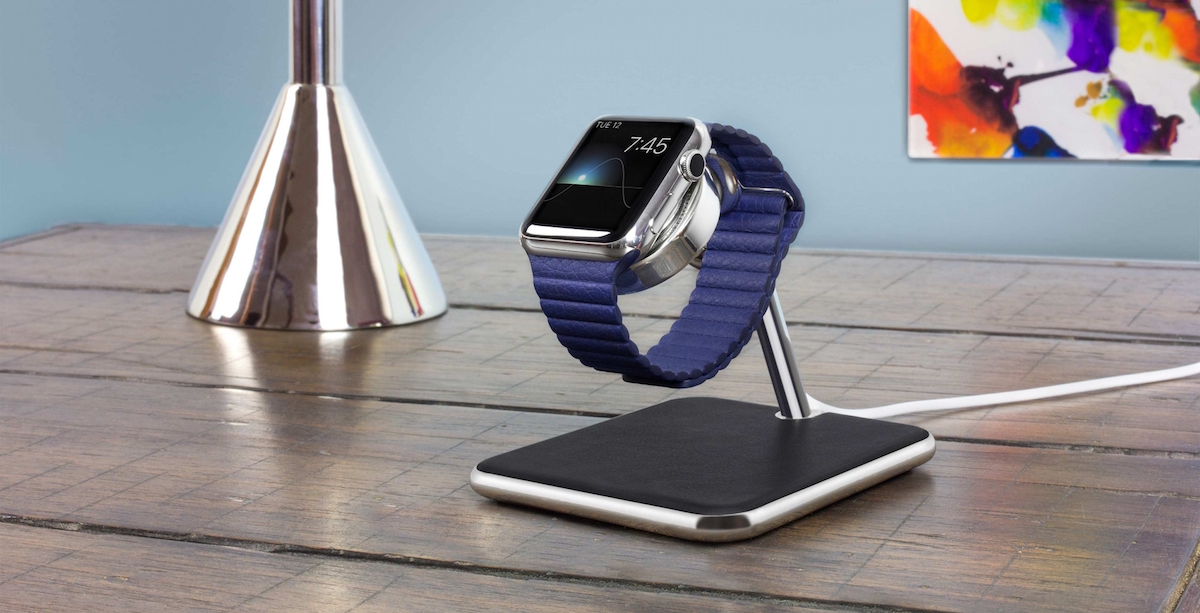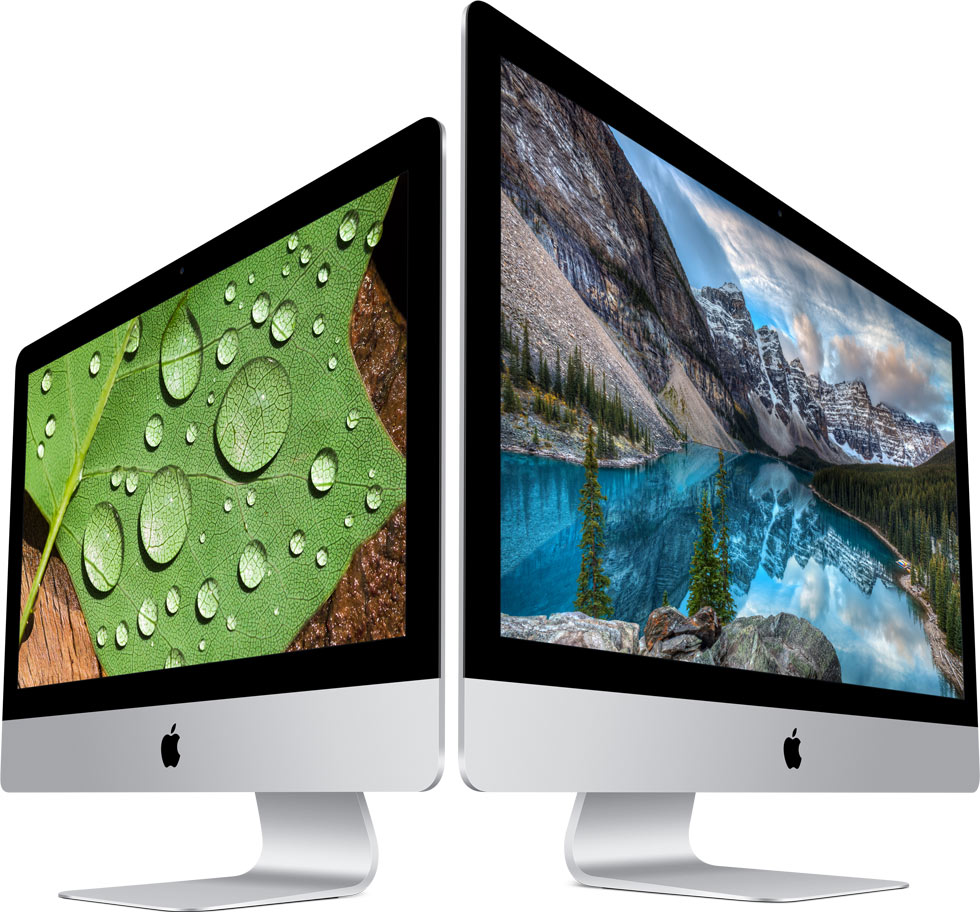This is a guest post by my buddy & ex-Apple enthusiast, Rohan Naravane. He’s previously written about the Apple TV here on Nuclear Bits.
Back in early 2013, a rumour of a mid-range $350 iPhone had picked up steam. We all know how that unfolded, when later in the year the iPhone 5c launched for an unapologetic $549. Ever since then, Apple has cautiously steered away from making any products that are deemed ‘value-for-money’. It is the company’s right to create products for markets they see fit. There’s no point cribbing about why Apple doesn’t make reasonably-priced products, the same way there’s no point cribbing about why BMW or Mercedes doesn’t make a reasonably-priced car. But there’s one misconception that I’ll attempt to clear out — every product that comes out of Apple’s stable is not gold. Meaning, every product lineup has multiple SKUs that vary in configuration. But despite these base models being more expensive than the competition, all of them necessarily aren’t as powerful as people will imagine them to be.
1. iMac
If you thought the iMac was a powerful desktop computer, you’re right, as long as you don’t consider the base 21.5 inch model. It’s powered by a 1.6GHz dual-core Intel Core i5 processor, which coincidentally is the same chip used in the MacBook Air. So although from the outside, the base iMac may look the same as the next model that has a meatier quad-core 2.8GHz chip, good luck trying to use that machine for anything more than web browsing, office productivity apps or consuming audio-visual content. People wanting to work on graphics or video editing might as well just forget about buying any 21.5-inch iMac altogether, as dedicated graphics are available only on the 27-inch models (even the 4K 21.5-inch iMac does not have one). Also, based on personal experience & the experience of many other Mac users, the biggest performance bottleneck for these machines will be their 5400rpm hard drives that aren’t user replaceable. Much like dedicated graphics chips, Fusion Drives (a combination of faster SSD storage & spinning hard drive) are available only on the two top-end 27-inch iMacs by default. Considering that a MacBook Air comes with a high-speed flash memory & the same processor, I wouldn’t be surprised if in day-to-day performance, the MacBook Air appears to be more swift than the base 21.5-inch iMac.
If you thought you spending Rs. 91,900 on the entry-level iMac was good enough for some serious work, think again.
2. MacBook Air
Talking about the MacBook Air, it is a good option for people wanting a really thin and light laptop with generally fast performance, great build quality and a really long battery life. The MacBook Air uses a speedy solid state storage (SSD) that helps improve responsiveness considerably, despite its low-voltage 1.6GHz Core i5 processor. But just like how the slow spinning hard drive is a bottleneck for the iMacs, the MacBook Air’s bottleneck lies in its non-upgradeable 4GB RAM. Speaking out of experience, if you want to use more than a couple of resource-intensive apps (like Google Chrome) at the same time, you’re going to need at least 8GB of RAM on your Mac. I’ve seen a few MacBook Air users complain about how their computer behaves sluggish when they use many apps at once. Although you can customise a MacBook Air with 8GB RAM in countries where the Apple Online Store is available, unfortunately, you’re stuck with 4GB here in India.
The MacBook Air is sold for dirt-cheap these days, with 13-inch models available for less than Rs. 60,000 on e-commerce stores. That’s a good price for a sexy product, provided you’re going to go easy on it.
3. MacBook Pro
The 13″ MacBook Pro is the last remaining model of the original Pro series, with the rest being replaced with their Retina-display-laden, thinner, lighter, faster successors. This model, like the MacBook Air, sells cheap for under Rs. 55,000 online. We’ve already seen how spinning hard drives and a mere 4GB of RAM are known to be performance bottlenecks on the base iMac and MacBook Air respectively. But with the base MacBook Pro 13-inch, you get the worst of both worlds. Don’t let that powerful-sounding 2.5GHz Intel Core i5 fool you, because it’s going to be saddled with two slowpokes — 4GB of RAM and 500GB of the traditional 5400 rpm hard drive.
All hope isn’t lost though — this almost-phased-out laptop is more traditional than other Macs, in the sense that both those culprit components are user-replaceable. Personally, I’ve upped the RAM from 4GB to 8GB in many MacBook Pros, and users have seen a noticeable speed bump. Similarly, replacing the hard drive with an SSD has also resulted in a MacBook Air-like performance! Lastly, the faint-hearted may look away, but you can even remove the DVD drive and put an SSD in its place, while keeping the hard drive intact. This will give you faster performance without losing out on storage space! (I have been using a 128GB SSD + 750GB Hard Disk on my 13″ MacBook Pro 13 for over a year now).
4. iPhone 6s & iPhone 6s Plus
The iPhone 6s has already gotten enough flak on the internet for being the overpriced premium smartphone many secretly won’t mind buying, if it was priced many, many thousand rupees cheaper. After using the phone for a few days, it’s certainly worthy of the attention it gets. But for a product as highly priced (Rs. 62,000 for the base model in India), the measly 16GB of fixed memory on the base model is like getting the boot space of a Honda Jazz in the base model of a BMW 7-series. Considering that the phone can now record 4K videos (that takes a third of a gigabyte every minute), considering that the phone has a bigger 12MP camera sensor that will take bigger size photos, considering that every ‘Live Photo’ you take is recording a 3 second video clip as well, 16GB is way too less.
And god forbid if you’re interested in buying the bigger iPhone 6s Plus, because you’ll be paying Rs. 10,000 extra for the bigger 5.5-inch screen, followed by another Rs. 10,000 for the a storage option bigger than 16GB (Rs. 82,000 or about $1265).
These, I think, are some of the Rotten Apples in the company’s product lineup. Bottom line — if you’re considering buying Apple products, please be clear about what your usage is going to be, and choose wisely.
Rohan Naravane rambles tech on Twitter
@r0han every few hours. And in between that time, he manages Content and User Experience at
Pricebaba also.


